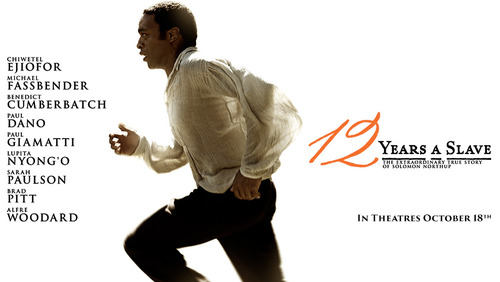that seems his essential character? He's such a good guy, even when he's covertly sleazy, as in Saving Mr. Banks.
In Mr. Phillips I see the story of American goodness, a deferential cargo ship carrying water to thirsty African nations is attacked by chaotic desperate pirates. They have ghastly skull starved deaths heads and AK-47s, dressed in rags.
Alas. According to the New York Post, the actual Captain Phillips was an arrogant, perhaps unprofessional captain. He was disliked by most crew, and ignored orders to keep safe distance from the Somali coast, sailing 230 miles distant instead of the 600 recommended. He ignored emails warnings about the alarming frequency of pirate attacks in the area and did not keep the crew on high alert as the film depicts.
He didn't offer himself as hostage, he didn't act the part of noble leader during the attack.
These "true life" films are just such awful mythologizing - want to believe that we would all act the heroic, wise, savvy leader, but really, I'm just disgusted with the venal, narrow, unintelligent choices, behaviors and lives of clergy, the Senate, corporate leaders, and now sea captains.
The value of history seems much in doubt. I'm so weary of comparing myself to leaders and finding that most of my friends are more ethical, moral, and intelligent than they are.
































